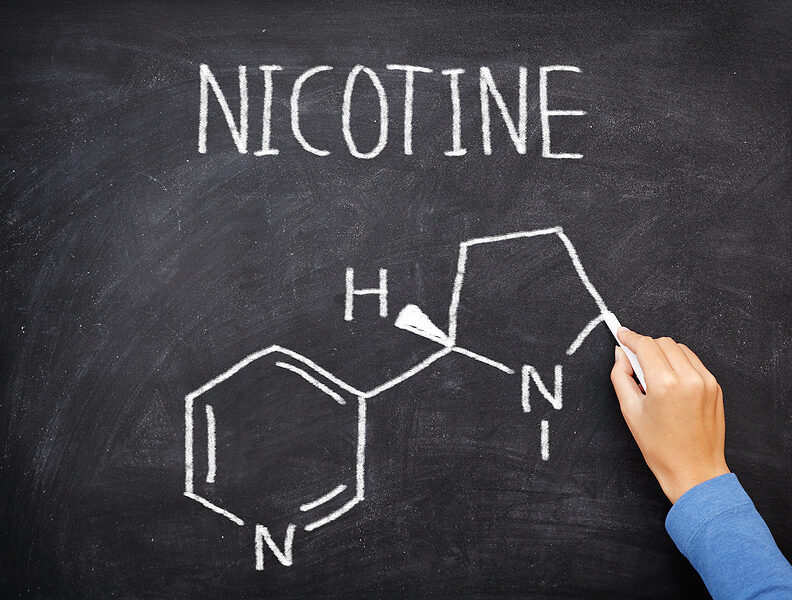A new report from the American Enterprise Institute, “Regulating the Tobacco and Nicotine Market in the American Public Interest,” makes one thing unmistakably clear: America’s nicotine policy is backward.
The deadliest product — cigarettes — continues to enjoy thousands of regulatory approvals with little resistance, while modern, less harmful alternatives like nicotine pouches are mired in delays, barriers and bureaucratic uncertainty.
Instead of supporting adults who want to leave smoking behind, the system keeps tipping the scales in favor of the product that causes the most death and disease.
The core problem comes from a dangerous misconception: that nicotine and smoking are the same thing. They are not. Nicotine is not what causes cancer and deadly diseases — that harm comes from cigarette smoke, packed with tar, carcinogens and thousands of toxic chemicals released by burning tobacco. By refusing to draw this critical distinction, regulators have given cigarettes a free pass to dominate the market, while smoke-free alternatives are pushed to the sidelines.
Nicotine is recognized in medicine. To start, FDA-approved nicotine replacement therapies such as patches, gums and lozenges that are labeled as “safe” and “effective” have nicotine as the main ingredient.
The AEI report also points out that the National Institutes of Health is studying nicotine’s potential benefits in its “Memory Improvement through Nicotine Dosing” trial. However, it goes on to state that regulators and public health officials often approach consumer nicotine products, such as pouches, with far greater skepticism, and in many cases outright hostility.
This contradiction has real-world consequences. Misperceptions about nicotine are at historic highs — not just among the public but even among healthcare professionals. According to surveys cited in the report, many physicians wrongly believe nicotine causes cancer. That misinformation actively discourages smokers from switching to lower-risk products.
The AEI report lays bare the imbalance in the system: as of 2023, nearly 15,000 cigarette products are authorized for sale, but the agency’s process has approved fewer than 50 smoke-free alternatives.
This reality is indefensible. Instead of encouraging a lawful, transparent market for alternatives, the system has done the opposite — entrenching combustible cigarettes while creating bottlenecks for innovation. The predictable result: many adults who smoke are left with limited authorized products to reduce their risk. Worse still, gaps in the regulated market fuel illicit channels, where product quality and youth access are much harder to control.
This is not public health progress. It is a failure.
The AEI report offers a clear roadmap for reform:
—Tell the truth about nicotine. Nicotine is not the cause of smoking-related disease. Smoke is.
—Educate adults and providers. Accurate information must reach smokers and physicians, who are on the front line of public health efforts.
—Fix the FDA process. Reviews should be timely and proportionate in accordance with the timeframe set forth by the Tobacco Control Act. The FDA should clearly communicate to the general public which products are authorized and which are subject to enforcement discretion. Modern alternatives should not face higher hurdles than cigarettes. The system must offer sufficient smoke-free options to meet genuine adult demand.
—Balance youth protection with adult access. We can and must keep products out of underage hands while ensuring adults who smoke have viable, lower-risk choices.
Nearly half a million Americans die annually of smoking-related illnesses. Millions more try and fail to quit, often discouraged by myths about nicotine. Every smoker who switches to a noncombustible alternative lowers the risk of disease and premature death.
The AEI report makes clear that the path forward isn’t prohibition. It’s building a regulatory system that empowers adults to make better choices, without pretending all products are equally dangerous.
The science is clear. The economics are clear. The potential to improve public health is enormous. What’s missing is the courage from regulators and policymakers to modernize nicotine regulation in line with the evidence, rather than continuing to punish the industry for past behavior. Tobacco companies are actively shifting consumers from the most harmful form of nicotine to options with reduced risk potential; regulators should not stand in their way.
The AEI report provides that blueprint. Now it’s time to act. Because the cost of delay isn’t measured in controversy — it’s measured in lives.


